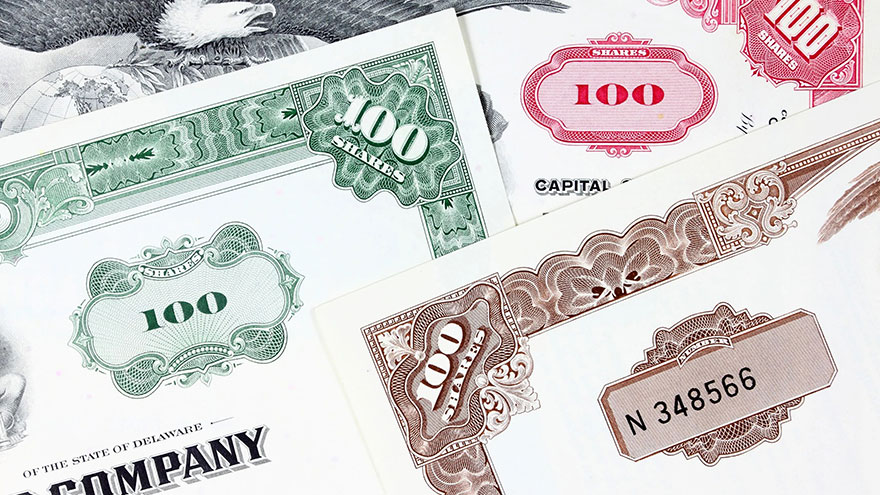Types of Retirement Bonds
Generating current income is an important consideration for many retirees, and investing in bonds can be an excellent way to get current income without taking an undue amount of risk. Controlling risk is always an important consideration for investors, but it is even more critical for retirees.
Fortunately there are a number of strategies investors can use to get the income they need to meet monthly expenses without putting their hard-earned nest eggs at risk.

Ginnie Mae Bonds
Investing in mortgage-backed securities can be a smart strategy for retirees, but it is important to choose quality mortgage-backed bonds. Unlike other types of bonds, Ginnie Mae bonds are backed by the full faith and credit of the United States, making them an excellent choice for retirees and others who need current income.
The rates on these bonds will fluctuate along with other interest rates, and their value can be affected by changes in rates. Retirees can purchase Ginnie Mae bond funds through mutual fund companies, or they can purchase individual Ginnie Mae bonds through many brokers.
I Bonds
Inflation can take a big bite out of any retiree’s income, and it is important for retired individuals to have an inflation-fighting plan in place. I Bonds are special bonds issued by the federal government; their purpose is to protect investors from rising inflation. The yield of an I Bond is divided into two parts, a base rate and the inflation rate.
Each time the inflation rate is calculated, that number is added to the base rate, and the combined rate is paid to the bond holders. I Bonds can be purchased from many banks; they can also be purchased directly from the federal government. Retirees can open their own accounts by going to the Treasury Direct website.
RELATED :: How to Calculate I Bonds
High-Yield Bonds
High-yield bonds are essentially loans to companies; the yields on these bonds can be higher than other types of investments. It is important to keep in mind, however, that high-yield bonds also carry a higher level of risk, so they should not form the bulk of a retirement portfolio.
High-yield bonds are sometimes referred to as junk bonds, due to the fact that the participating companies have lower credit ratings than government agencies and municipal bonds.
RELATED :: How to Compute the Yield on Semiannual-Paying Corporate Bonds
Municipal Bonds
Municipal bonds can be a good choice for retired individuals, especially those in high tax brackets. Unlike many other types of bonds, municipal bonds are not taxable at the federal level. That means that the yield on municipal bonds is often superior to the after-tax yield on other types of bond investments.
In addition, municipal bonds can be safer than other types of bonds, since they are often backed by the taxing authority of state and local governments. Municipal bonds can be purchased through a broker or directly from the issuing government agencies.
RELATED :: Municipal Bonds Vs. Savings Bonds

